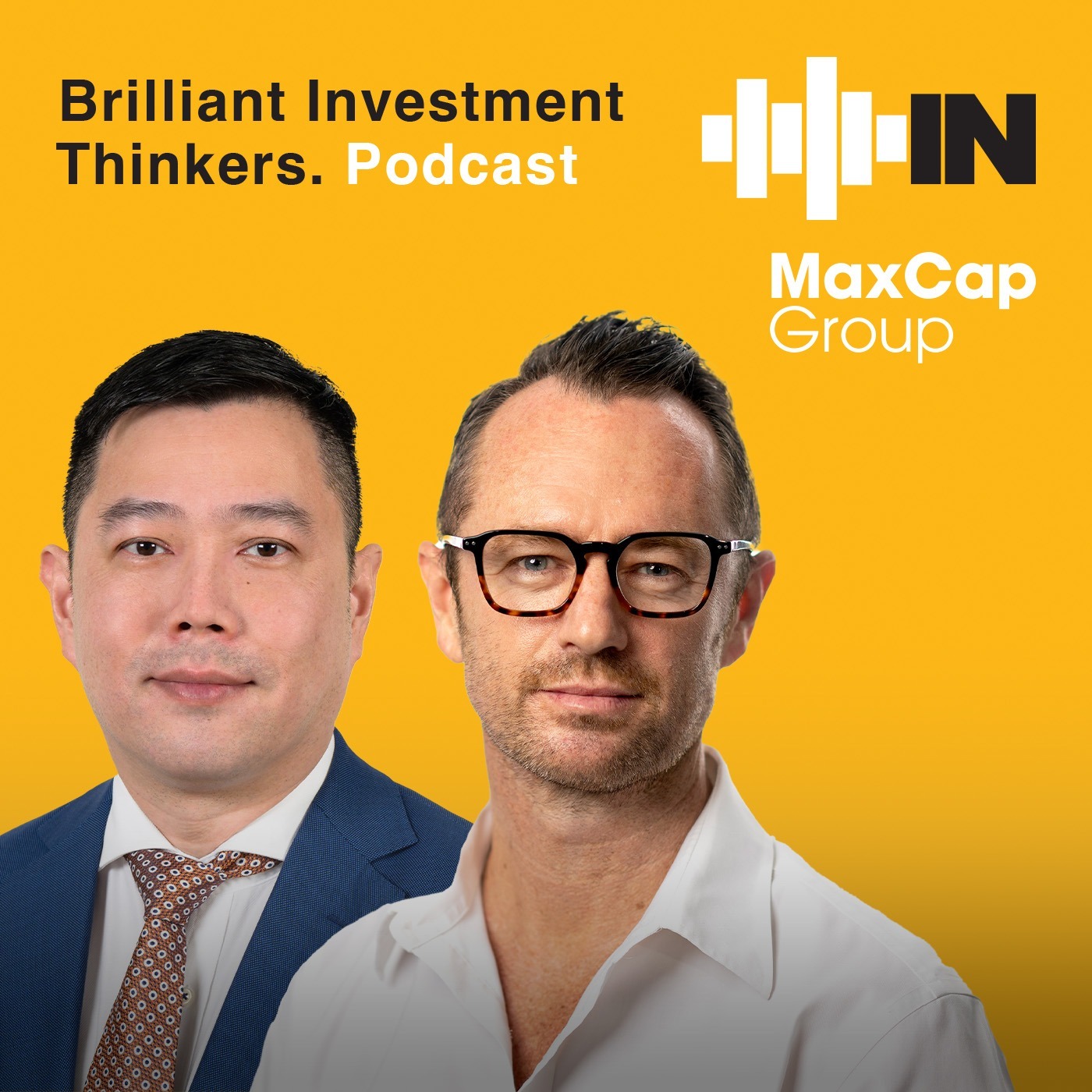Infrastructure assets gaining popularity as investors look to hedge inflation
Rising inflation and higher interest rates have put a sharp focus on hedging strategies. As a result, infrastructure assets have been gaining investor interest backed by their inflation hedging qualities.
According to ClearBridge Investments portfolio manager, Shane Hurst, there are significant opportunities and potential income benefits from holding infrastructure assets over the longer term.
“Infrastructure’s long-term proposition has been looking more attractive to investors,” Hurst said. “This is because infrastructure returns are driven by investment plans in essential services, which span ten or more years into the future, accelerate over time, and provide considerable predictability compared to more volatile equities.”
The predictability of infrastructure returns is a primary focus when constructing portfolios, Hurst believes. He achieves this by selecting a portfolio of regulated and contracted infrastructure assets with solid demand and stable cash flows.
“Additionally, regulated assets are often monopolies and are typically defensive and generate high amounts of income. We also focus on user-pay assets, which include airports, ports, rail, toll roads and communication infrastructure.”
With inflation remaining stubbornly high, investors remain concerned about the harmful effects rising inflation can have on portfolio returns. According to Hurst, that’s the reason why infrastructure assets should interest investors right now.
“It’s power as an inflation hedge,” Hurst said. “Inflation has been running hot globally as the COVID-19 crisis has waned and demand for goods and services returned. The war in Ukraine gave inflation a further jolt.”
“Listed infrastructure companies, such as toll roads, power utilities and airports, provide a powerful hedge against inflation. They typically pass inflation through to customers, which allows listed infrastructure providers to consistently grow dividend yields well above inflation.”
Beyond its role as a bond proxy, infrastructure assets are the building blocks of the future sitting at the forefront of the world’s most powerful themes such as decarbonisation, supply chains and digitisation.
“An additional element is the impact status of the asset, particularly its energy efficiency and role within society, while also noting the risk of stranded infrastructure assets that will outlive their purpose in coming years,” Hurst said.
Over the last six years, for example, listed infrastructure companies in the ClearBridge Global Infrastructure Income Fund strategy have delivered a yield of 5 per cent to 6 per cent.
“The opportunity set for infrastructure investors is only set to grow, with a number of powerful drivers, as well as attractive valuations and potential dividends that income-seekers would find appealing.”










